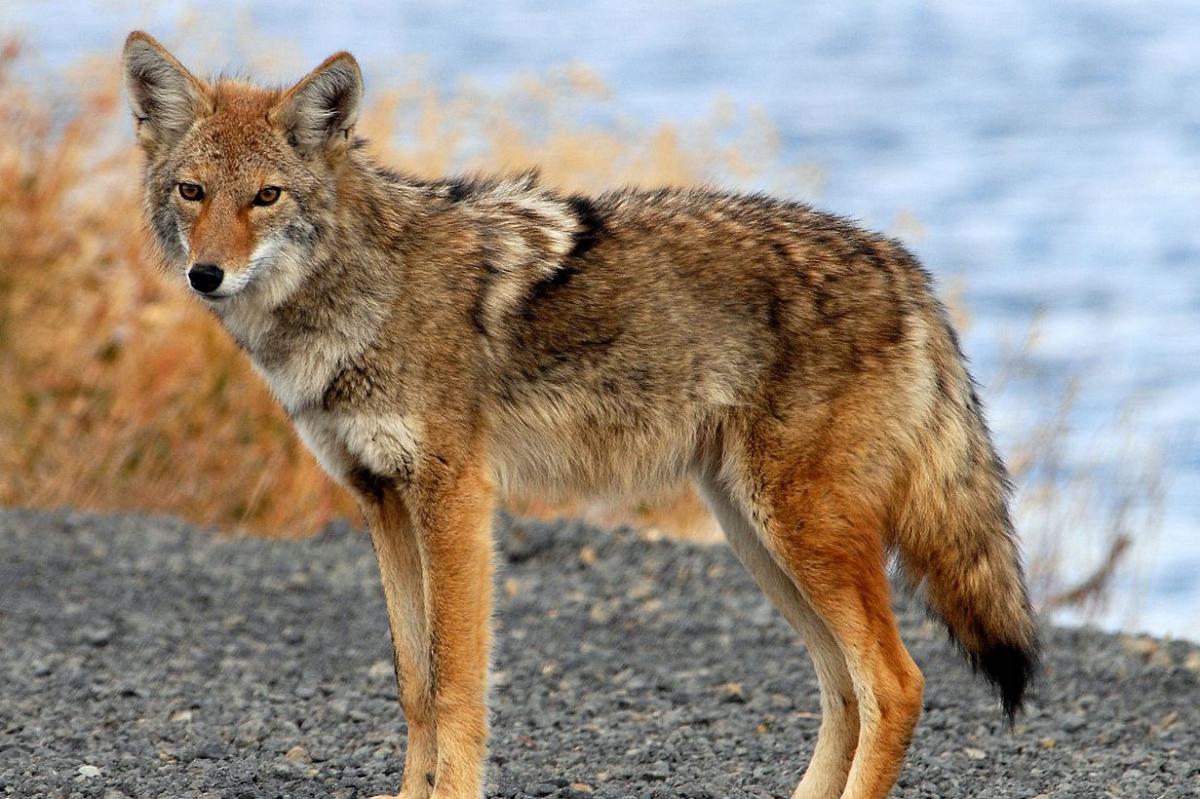Here’s a geography question for you. Where in the world do coyotes live? Chances are, if you’re in the US, you might respond, “Right here!” Then you might add, “Where don’t coyotes live?”
That’s a timely question, because where coyotes don’t live is South America—but all that may soon change. Historically, these cunning carnivores roamed a broad expanse, as far east as the Mississippi and as far west as the Pacific, north into Canada and south into Mexico. Yet coyotes are notoriously adaptable, and since 1900, they’ve extended their range into every corner of the US, even up to Alaska and down through Central America. Now, researchers have seen coyotes on the edges of Panama’s Darién National Park. If coyotes penetrate this dense forest, they’ll emerge in Colombia, with all of South America before them.
Scientists suggest several reasons for this travel. Coyotes, for instance, gain new territory partly in thanks to human development, which creates roadways and farmland for coyotes to pass through. Additionally, humans have hunted to near extinction certain predators—such as wolves—that would normally attack coyotes. And coyotes have been seen with short tails and spotted coats, suggesting that they’ve been interbreeding with dogs. Plus, coyotes are something called habitat generalists: they’re extremely adaptable, thriving in all kinds of environments.
One last question: what could stop coyotes’ expansion into a new continent? Darién National Park is heavily forested, with few roads. And it’s populated with pumas and jaguars, who would compete with coyotes for food—or even feed on the coyotes themselves. But if coyotes can surmount these obstacles, they’ll have simply made one more step in a remarkable journey.









